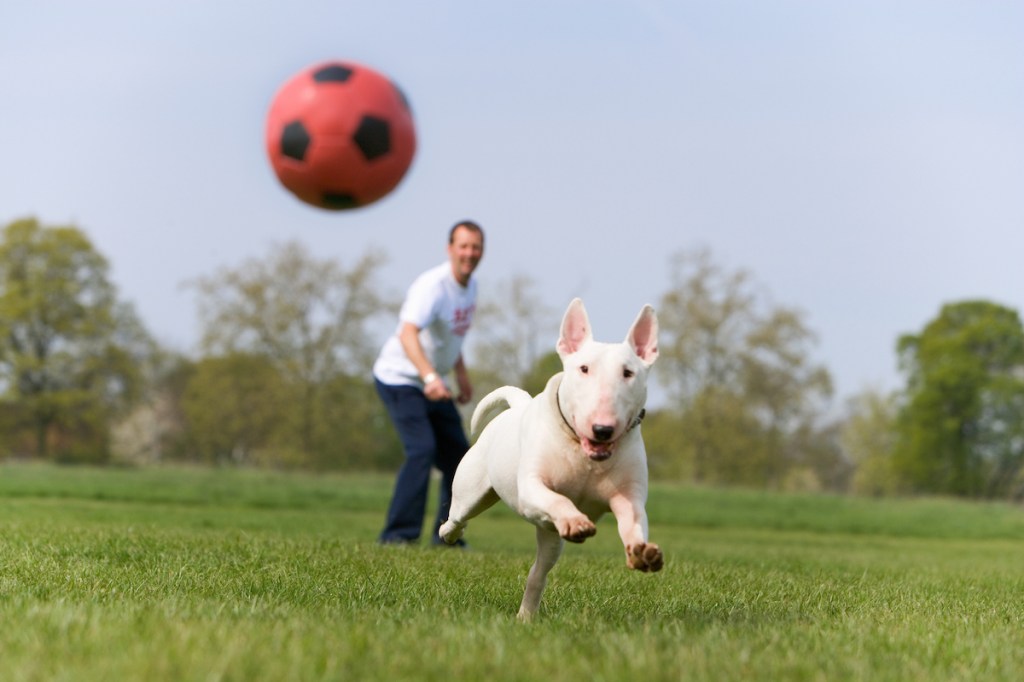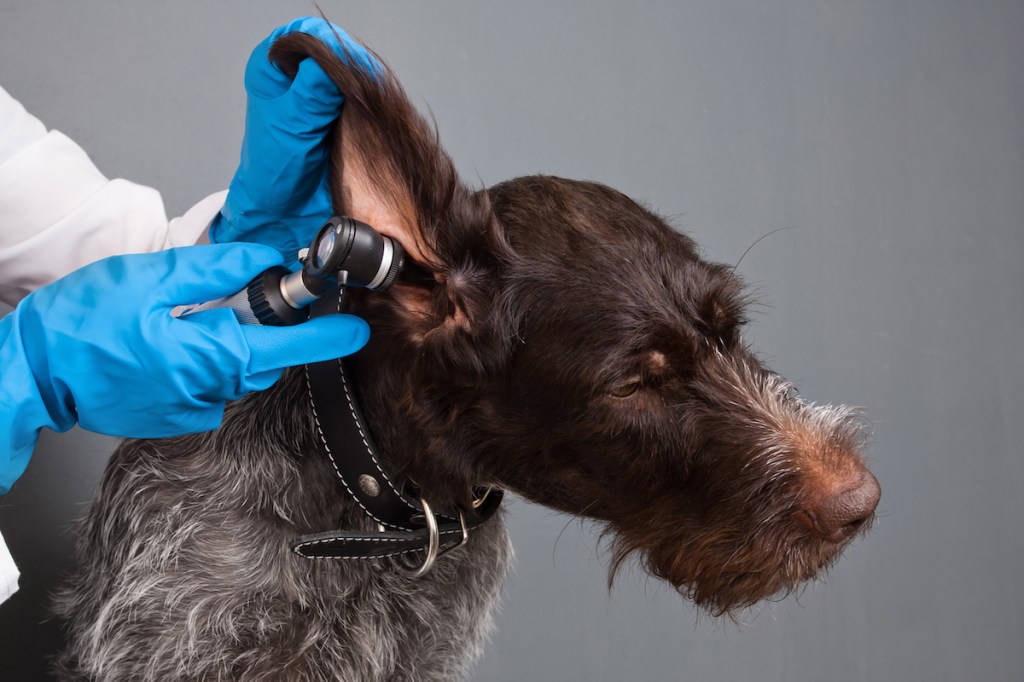Congenital sensorineural deafness in dogs is considered the most frequent type of deafness for canines. Generally, the condition is often called CSD. Also, the condition is sometimes called canine congenital sensorineural deafness (or CCSD).
Usually, dogs with lighter-colored coats are most likely to suffer from CSD. Additionally, certain breeds, including white English Bull Terriers, are particularly prone to it.
Unfortunately, there is no current cure for the condition. However, dogs with CSD can benefit from lifestyle changes. Also, pet parents who learn more about deafness in dogs in general have an advantage when it comes to helping their canines navigate life with CSD.
If you see signs that your dog might be suffering from congenital sensorineural deafness, then you must consult your veterinarian for a proper diagnosis and course of treatment. Here’s what you should know about the symptoms, causes, and treatments of the condition in dogs.
Symptoms of congenital sensorineural deafness in dogs
The condition affects a pup’s hearing. Sometimes, the symptoms can be seen in the first few weeks of a dog’s life.
Specifically, some of the most common symptoms of congenital sensorineural deafness include:
- Not noticing toys that make noises
- Disorientation
- Sleeping more than usual
- Acting lethargic
- Not seeming to acknowledge commands
- Strange barking sounds
- Ignoring doorbells
- Being aggressive around other dogs
Causes of congenital sensorineural deafness in dogs

The condition is inherited. This means a dog is born with it.
Unfortunately, there are many breeds of dogs that seem to be prone to congenital sensorineural deafness. For example, some studies suggest more than 100 breeds can be predisposed to CSD. Specifically, some of the most common breeds affected include:
- English Bull Terriers
- Dalmatians
- Boston Terriers
- Australian Cattle Dogs
- English Cocker Spaniels
- Akitas
- German Shepherds
- Beagles
- English Setters
Additionally, dogs with lighter coats are most prone to the condition. Specifically, pups with white coats suffer from it the most.
Treatments for CSD in dogs
If you think that your dog might be developing congenital sensorineural deafness, your veterinarian will want to carry out a full physical examination of your dog. Additionally, your vet will ask about your dog’s full medical history.
Generally, Brainstem Auditory Evoked Response — or BAER — testing can confirm the condition. Technically, this involves your dog having electrodes placed on their ears. Next, clicking sounds are made. Your dog’s response to the sounds will confirm the extent of the condition.
Unfortunately, there is no current cure for the condition. However, your vet can recommend a vibrating collar to help with your canine’s daily activities. Also, your dog can benefit from taking hand signal classes. Finally, you can read more about research-based tips for the best training methods to use with deaf dogs.









